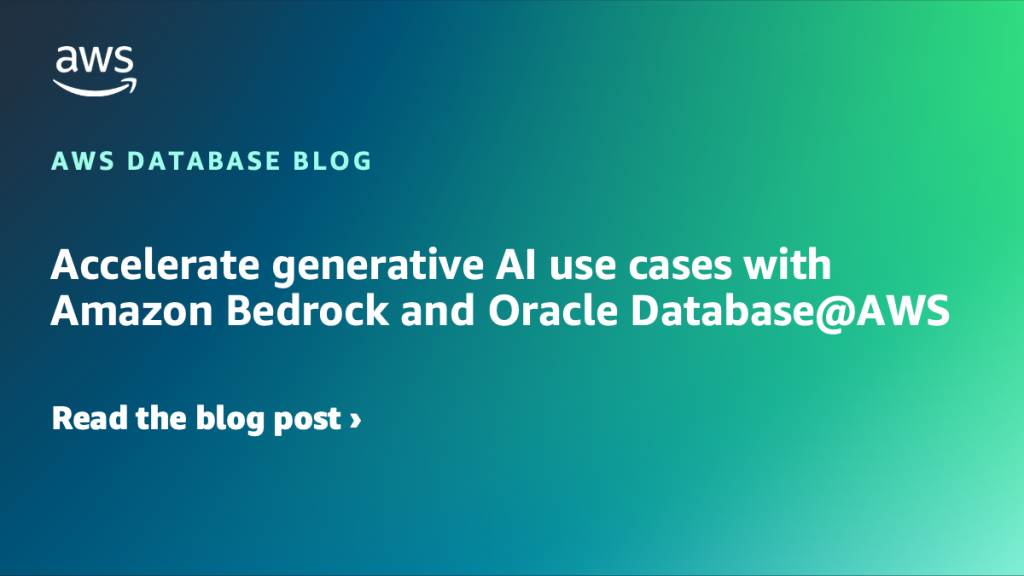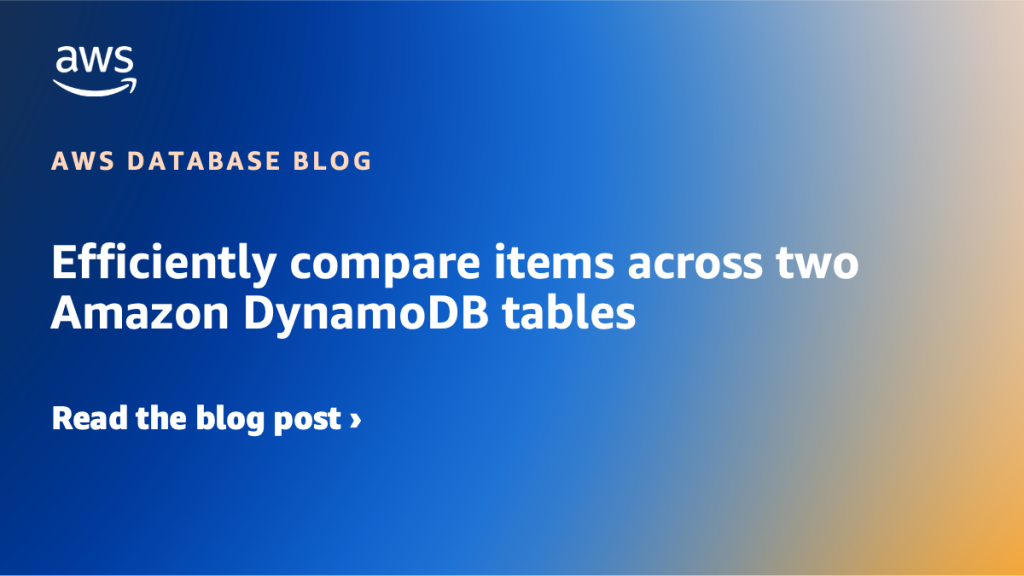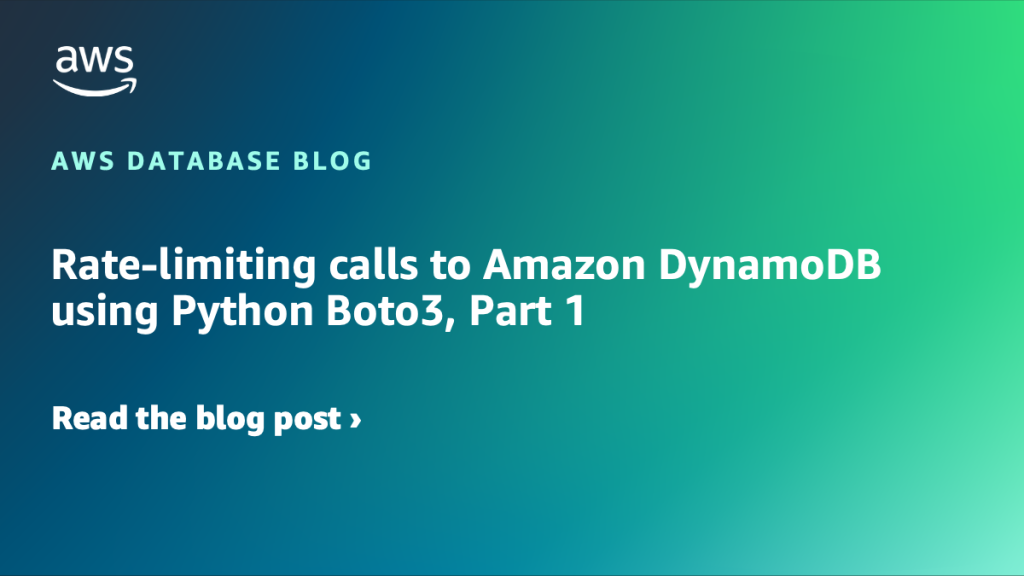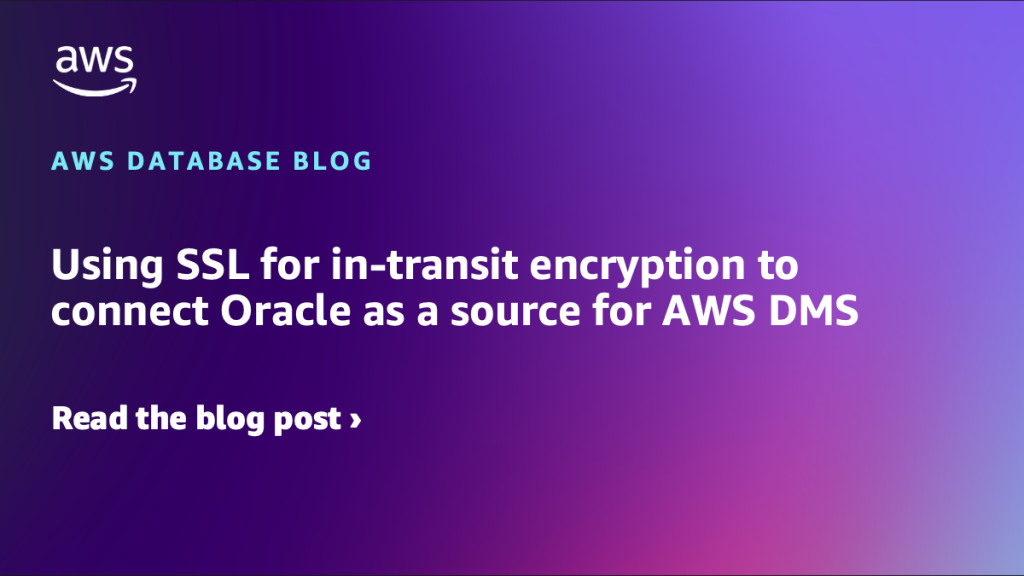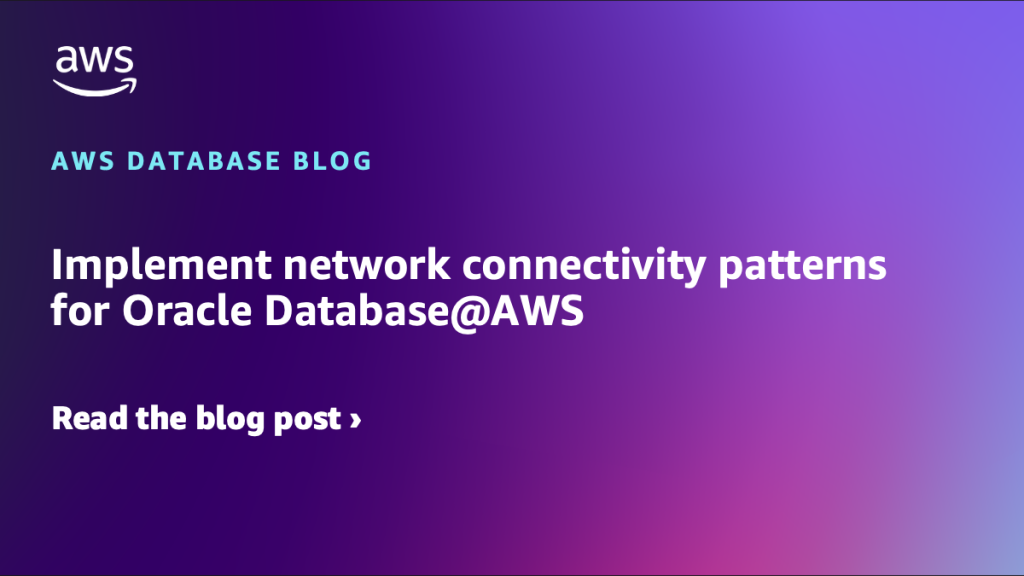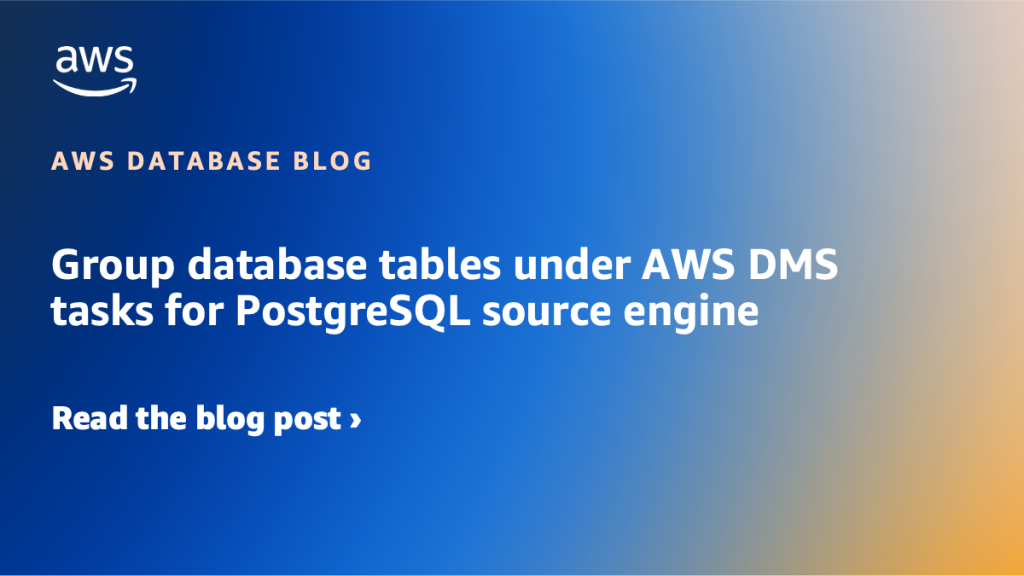AWS Database Blog
Category: Expert (400)
Everything you don’t need to know about Amazon Aurora DSQL: Part 4 – DSQL components
Amazon Aurora DSQL employs an active-active distributed database design, wherein all database resources are peers and serve both write and read traffic within a Region and across Regions. This design facilitates synchronous data replication and automated zero data loss failover for single and multi-Region Aurora DSQL clusters. In this post, I discuss the individual components and the responsibilities of a multi-Region distributed database to provide an ACID-compliant, strongly consistent relational database.
Everything you don’t need to know about Amazon Aurora DSQL: Part 3 – Transaction processing
In this third post of the series, I examine the end-to-end processing of the two transaction types in Aurora DSQL: read-only and read-write. Amazon Aurora DSQL doesn’t have write-only transactions, since it’s imperative to verify the table schema or ensure the uniqueness of primary keys on each change – which results them being read-write transactions as well.
Accelerate generative AI use cases with Amazon Bedrock and Oracle Database@AWS
In this post, we walk through the steps of integrating Oracle Database@AWS (ODB@AWS) with Amazon Bedrock for by creating a RAG assistant application using an Amazon Titan embedding model in Amazon Bedrock and vectors stored in Oracle AI Database 26ai.
Efficiently compare items across two Amazon DynamoDB tables
In this post, we show an algorithm to efficiently compare two Amazon DynamoDB tables and find the differences between their items. We provide an example where two tables, each containing approximately half a billion items, are compared in less than 7 minutes, for less than $10.
Rate-limiting calls to Amazon DynamoDB using Python Boto3, Part 2: Distributed Coordination
Part 1 of this series showed how to rate-limit calls to Amazon DynamoDB by using Python Boto3 event hooks. In this post, I expand on the concept and show how to rate-limit calls in a distributed environment, where you want a maximum allowed rate across the full set of clients but can’t use direct client-to-client communication.
Rate-limiting calls to Amazon DynamoDB using Python Boto3, Part 1
In this post, I present a technique where a Python script making calls to Amazon DynamoDB can rate limit its consumption of read and write capacity units. The technique uses Boto3 event hooks to apply the rate limiting without having to modify the client code performing the read and write calls.
Using SSL for in-transit encryption to connect Oracle as a source for AWS DMS
This post demonstrates how to implement SSL encryption for in-transit data protection when connecting Oracle Real Application Clusters (Oracle RAC) as a source to AWS Database Migration Service (AWS DMS). Additionally, it covers the unique steps required to configure SSL for Oracle Automatic Storage Management (Oracle ASM) instances.
Implement network connectivity patterns for Oracle Database@AWS
Oracle Database@AWS (ODB@AWS) is an offering you can use to access Oracle Exadata infrastructure managed by Oracle Cloud Infrastructure (OCI) within Amazon Web Services (AWS) data centers. You can use ODB@AWS to migrate your Oracle Exadata workloads to AWS while maintaining the same performance and features as your on-premises Oracle Exadata deployments. You benefit from […]
Group database tables under AWS Database Migration Service tasks for PostgreSQL source engine
AWS DMS accommodates a broad range of source and target data repositories, such as relational databases, data warehouses, and NoSQL databases. Proper preparation and design are vital for a successful migration process, especially when it comes to optimizing performance and addressing potential delay issues. In this blog post, we offer guidance about recognizing potential root causes of complete load and CDC delays early in the process and provide suggestions for optimally clustering tables to achieve the best performance for an AWS DMS task.
Beyond Correlation: Finding Root-Causes using a network digital twin graph and agentic AI
When your network fails, finding the root cause usually takes hours of investigations, going through correlated alarms that often lead to symptoms rather than the actual problem. Root-cause analysis (RCA) systems are often built on hardcoded rules, static thresholds, and pre-defined patterns that work great until they don’t. Whether you’re troubleshooting network-level outages or service-level degradations, those rigid rule sets can’t adapt to cascading failures and complex interdependencies. In this post, we show you our AWS solution architecture that features a network digital twin using graphs and Agentic AI. We also share four runbook design patterns for Agentic AI-powered graph-based RCA on AWS. Finally, we show how DOCOMO provides real-world validation from their commercial networks of our first runbook design pattern, showing drastic MTTD improvement with 15s for failure isolation in transport and Radio Access Networks.


